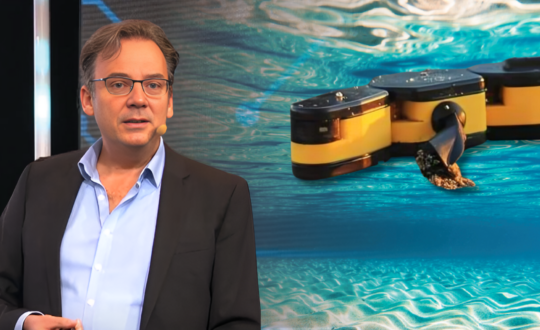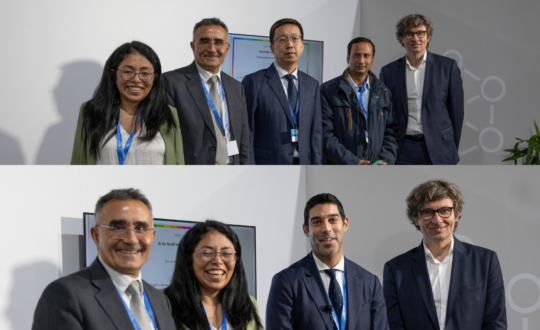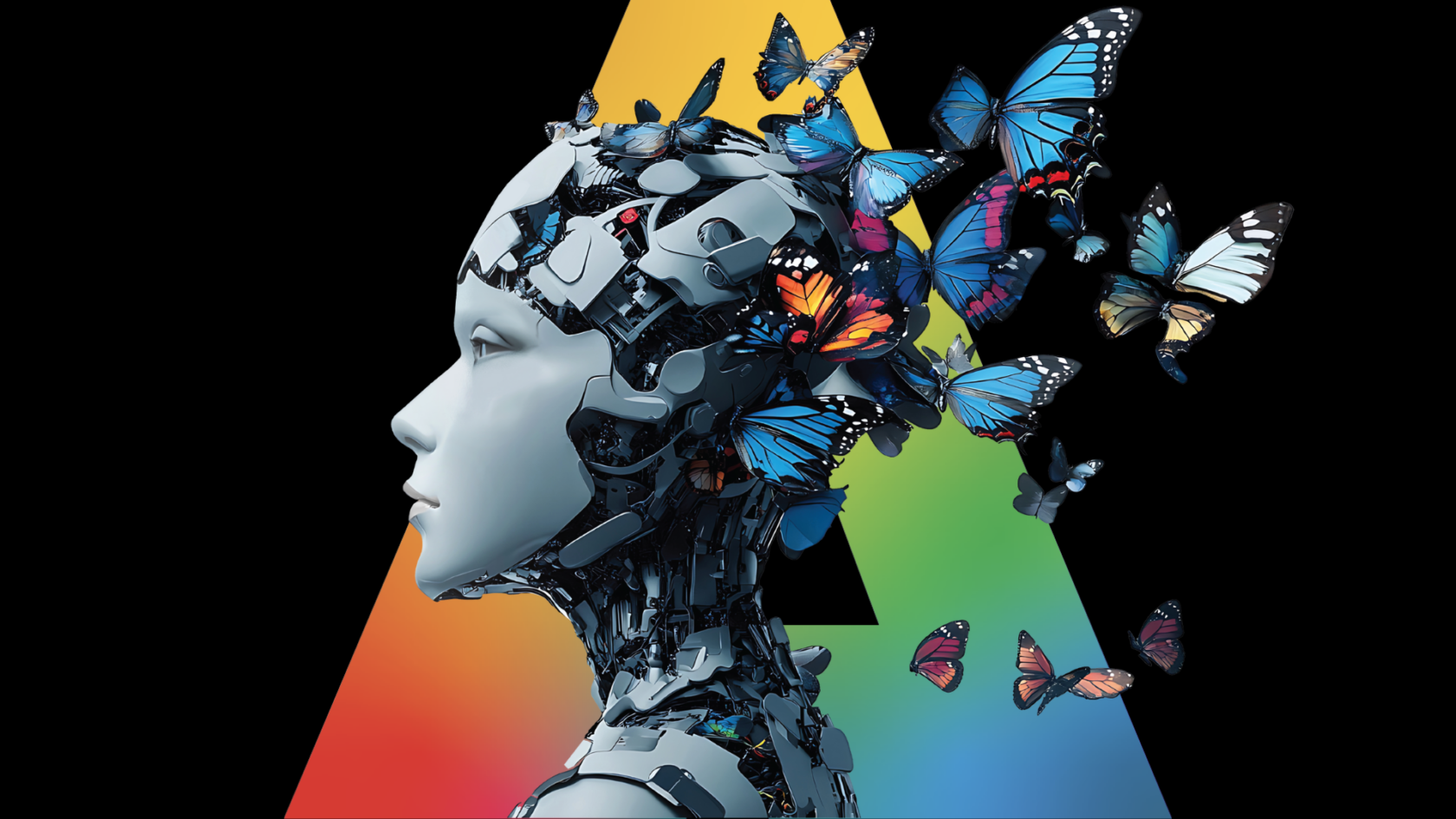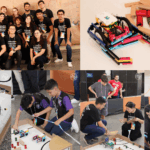Many countries around the world came to an abrupt standstill due to COVID-19 this year – but the concentrations of greenhouse gases in the atmosphere have continued to rise and emissions are heading back to pre-pandemic levels after a brief lull. As we recover and rebuild the global economy and society, there is a need for a sustainable approach that will avert the threats of climate change.
But how can we both cut emissions and grow the economy? AI and data could be the key, said Microsoft’s Chief Environmental Officer Lucas Joppa during a keynote on the company’s contributions to green recovery at the AI for Good Global Summit 2020.
For Joppa, technology has an important role to play in securing rapidly destabilizing climate systems. “Everything that I thought was 50 years out turned out to be five or 10 years out,” he said, referring to even the direst climate predictions coming true faster than expected.
Microsoft has publicly pledged to go carbon negative – removing more carbon than it emits – by 2030 and to clean up the company’s historical emissions by 2050. “For Microsoft to do well, we need the world to do well,” Joppa said.
Bridging skills, funding gaps
Leading academics have worked on environmental science and sustainability for decades, but their research suffered setbacks due to inadequate funds or the lack of AI know-how to scale up their solutions.
Set up in 2017, Microsoft’s AI for Earth programme is meant to bridge these gaps. The initiative funds and partners with environmental organizations using AI, machine learning and cloud computing to tackle challenges around climate change, water, agriculture and biodiversity.
One partner, Terrafuse, uses a physics-informed machine learning model that combines historical data, numerical simulations and real-time satellite imagery to identify wildfire risks.
Another partner, Silviaterra, has built the first forest inventory of the United States. The forest maps created via high-resolution satellite imagery and machine learning give an estimate of the species and size of every tree.
“We need to know how many trees there are and where they are so we can understand their carbon sequestration potential and engage others in markets to help conserve them,” Joppa said.
Knowing what to fix
Joppa believes it is important to define the problem before the technology can build an optimization algorithm to find the solution. Microsoft’s Planetary Computer project hopes to tackle that question on a global scale for the wellbeing of the entire planet and its inhabitants.
The Planetary Computer will aggregate environmental and natural resources data from around the globe and process it using AI and machine learning. The contextualized data are expected to help the public and private sectors take better decisions about the environment and ecosystems.
“This would allow our global human society to understand what is where, how much is there, and how fast the world’s natural resources are changing so that we can ask the societal and governmental question of not just what could be there, but what should be there,” Joppa said.
Navigating these efforts successfully requires the public and private sectors to find common ground. Joppa sees a potential collaboration between international organizations like the UN and the technology sector on creating environmental data systems. “Everybody would benefit if the work was done to see what digital environmental data commons would look like, all the way up from global data access down to the core data taxonomy,” he said.
Competing to build a greener world
AI has tremendous potential in tackling some of the world’s biggest challenges around climate change, but what about AI’s own carbon footprint?
Joppa advocates for the principles of sustainability to be followed in the way systems are built, operated and managed through to the end of life.
“But that does not leave out the fact that we do need to start thinking pretty hard about what resources we use and for what purpose,” he said. His team for instance levies a carbon tax on business units across Microsoft.
Other technology giants including Microsoft’s competitors have also made commitments to building sustainability. In its latest pledge, Google said its data centres and offices will be powered with carbon-free energy by 2030.
A healthy competition in driving more impactful sustainability solutions is good news, according to Joppa. “It is folks working against each other that actually move everything forward further and faster. I feel that really passionately and strongly.”
Image credit: SerinusCanaria via Pexels.
















